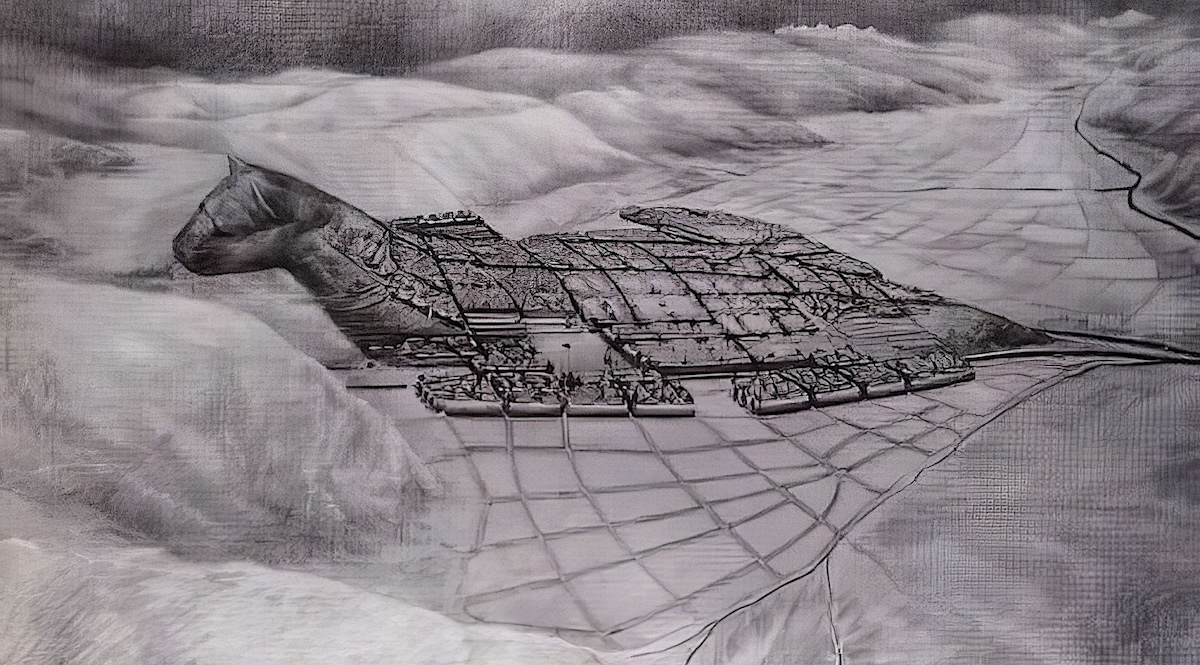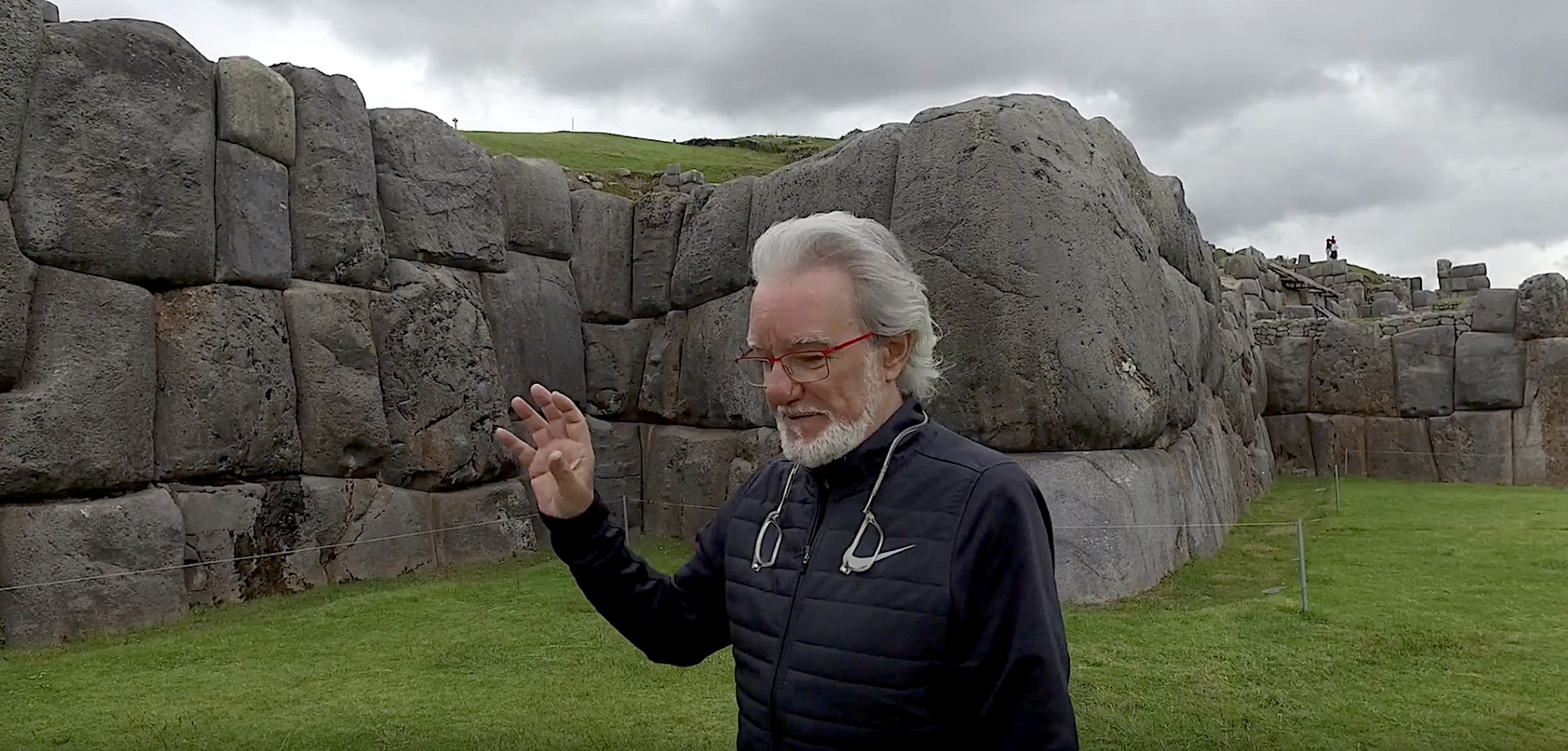Cusco was the largest city in all of America, comparable only to the Pyramids, Stonehenge and the Coliseum. Ephraim George Squier (19th century)
The Inca Garcilaso de la Vega tells us that in the city of Cusco, the capital of the Inca Empire, the entire empire was represented, especially in its division into four parts (Tahuantinsuyu), symbolized by the four main districts that converged there. However, we—and not only us—believe the author underestimated its significance. Not only was the empire represented in Cusco, but it also reflected the total image of the Universe and the Axis Mundi (World Axis). Cusco or Qosqo, the sacred city of the Incas, stands as a symbol of the Tahuantinsuyu, representing the center and origin of the Universe. Neither archaeology nor history has yet managed to uncover the secrets of Cusco's origins. The city remains inscrutable, residing in the realm of myth and legend. The archaeologist's shovel has uncovered, within its confines and surrounding areas, only remains characteristic of Inca culture. The precise historical circumstances under which "the great city of Cusco," the axis of the Andean world, came to life remain undetermined. Even though its true origins are still unknown, there is no doubt that the foundation of the city, the choice of its location, and the plan upon which it was built adhered to strict rules rooted essentially in ancient sacred architecture and science. The city’s design reflects celestial observations: the rivers flanking the city center were channeled into artificial canals that emulate the sinuous Milky Way; the twelve districts into which it is divided correspond to the division of the celestial vault into the twelve houses of the zodiac. Its division into four parts symbolizes the four cardinal points of the Earth (Tahuantinsuyu).
Cusco is shaped like a puma lying on the dry bed of Lake Inkill. Its head is formed by the solar citadel of Saqsaywaman, its back is crossed by the Tullumayo River and its tail ends in a street that still retains the name of Pumag Chupan, which means «tail of the puma».
When talking about Cusco, it is essential to mention the most important archaeological complex in the Andes: the «Solar Citadel of Saqsaywaman», a monument that leaves a profound impression on all who visit Cusco. Those who have written about this construction have used hundreds of adjectives to describe it. Since Pedro Sancho, the first Westerner who provided the first image of Cusco in 1534, stating: "... neither the Segovia bridge, nor other buildings made by Hercules or the Romans, are as worthy of being seen as this." As one contemplates Saqsaywaman, there is a sense that it was built by a very ancient and technologically advanced race, as suggested by the traditions of the Amautas, who mention the Wiracochas as its original builders. Numerous doubts and questions arise when trying to determine its specific functions and activities, as well as the reasons that motivated this monumental display of titanic architecture.

